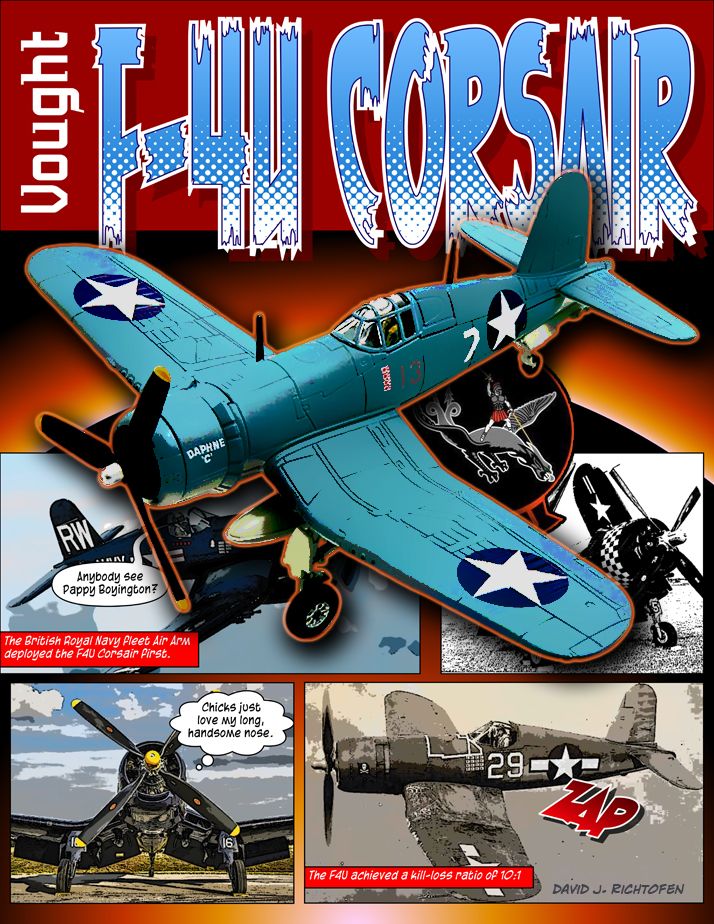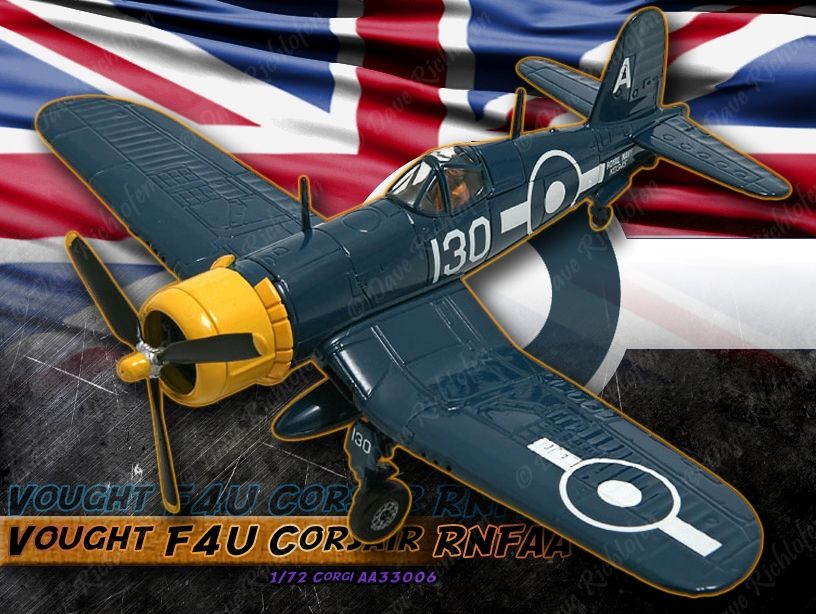|
Laugh it up, FUZZBALL!
Join Date: Feb 2016
Posts: 589
|
 Re: Gone but Not Forgotten
Re: Gone but Not Forgotten


Gonna throw out a thank you to my two good buddies, tker76 and tomcatter, for their support and kind words. Thank you, guys! You’re the best!
Rex B. Beisel designed the Vought F4U Corsair, and it raised eyebrows almost from moment it left the drafting table. Powered by the experimental Pratt & Whitney XR2800-4, 18 cylinder Double Wasp engine, putting out 1,800 hp, the prototype XF4U-1 became the first U.S. single-engined fighter to break the 400 mph barrier (405 mph, 1st October, 1940). This kind of speed was unheard of in a navy fighter, given its additional weight to cope with deck landings and extra equipment. Understandably, the U.S. Navy was itching to deploy the beast on its Fleet Carriers.
But unforeseen difficulties during flight testing kept that from happening at first. The Corsair's cranked wing was sorta weird: A short wing section angled sharply downwards (anhedral) from the fuselage, then bent at an upwards angle (dihedral), assuming a 'reverse gull-wing' profile, which not only produced less drag but also helped to accommodate the fighter's gargantuan Hamilton Standard 13 feet, 6 inch diameter propeller. This wing form provided a skosh more room between the prop and the flattop's deck while still allowing for shorter, sturdier undercarriage struts necessary for more stable carrier landings. The problem was, the short oleos caused the F4U to bounce badly when it hit carrier decks, whereupon the warbird would vault over stretched arrestor wires and skid headlong into other fighters spotted near the carrier’s bow. The outcome, as you can imagine, was calamitous.
Aerodynamics posed another seemingly insoluble problem. The Corsair’s nose was so bloody long, pilots could barely see the deck and were forced to fly a curving, banked course on carrier approach, which repeatedly caused the starboard wing to stall, whereupon the aircraft would straightaway whirl into the sea. If a pilot abruptly applied full throttle to recover, engine torque from the Double Wasp would flip the Corsair over with fatal results. So many pilots croaked this way, the US Navy eagerly handed the F4U to the Marines to fly from land bases.
Enter the Royal Navy's Fleet Air Arm.
At the start of WW2, the FAA was saddled with anachronisms like the Gloster Gladiator biplane, due in part to the Royal Air Force having maintained control of the Fleet Air Arm until 29th May, 1939. The Fairey Fulmar and Sea Hurricane soldiered on as stop-gaps, but the British badly needed modern American naval fighters—and fast. Grumman Wildcats (initially named the Martlet) and Hellcats (RN name, Gannet) served with the fleet, but the Royal Navy was enormously willing to accept the Corsair, too. To fit F4Us into British carrier hangars (which featured lower headroom due to substantial armored decks), Chance Vought shaved 16 total inches from the F4U's wing, which also increased the Corsair's roll rate. In a stroke of genius, the Brits installed a variable-rate bleed valve to the fighter's struts that tamed its dreaded deck bounce plus a small stall strip on the starboard wing leading edge that corrected the warbird’s stall characteristics (good on ya, Brits!  ). ).
FAA Corsair squadrons were the first into combat on 3rd April 1944, flying top-cover for Fairey Barracudas deployed against the German battleship Tirpitz in Norwegian waters. The Royal Navy was well pleased with their new fighter and transferred more squadrons to the British Pacific Fleet, where they clobbered Japanese islands and installations alongside their US Navy and Marine cousins.
 
I’ve included two Corsairs here for your pleasure, one from Corgi, an RNAAF F4U, which I think is a real crowd pleaser, and a Dragon Wings Corsair (which my friend Surinam Air 747 kinda requested yesterday). Both are top drawer, both represent their respective manus’ model expertise and competency. Personally, I like the Corgi better simply because it looks more meaty, a little more substantial (love those blown cowl flaps). The Dragon Wings is no slouch, either: It features a more velvety finish (if I can use that word without somebody smirking), which many collectors seem to favor. Both are keepers. The quality, accuracy, and availability tags below apply to both models, except the Dragon Wings' Corsair is far more difficult to find.
  
__________________
To view links or images in signatures your post count must be 10 or greater. You currently have 0 posts.
|